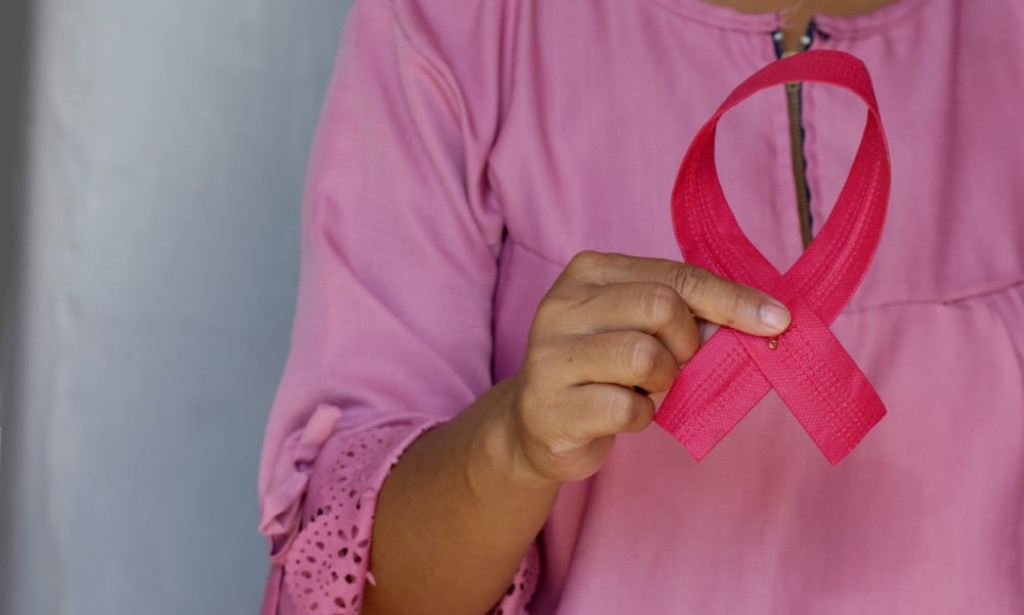*Twenty Ways to Avoid HIV/AIDS: A Comprehensive Guide*
Human Immunodeficiency Virus (HIV) and Acquired Immunodeficiency Syndrome (AIDS) are two of the most devastating health conditions affecting millions worldwide. While there is no cure for HIV/AIDS, prevention is key. In this article, we will explore twenty ways to avoid HIV/AIDS, providing you with a comprehensive guide to protecting yourself and your loved ones.
1. Practice Abstinence
Abstinence is the most effective way to avoid HIV/AIDS. Avoiding sexual intercourse eliminates the risk of transmission.
2. Use Condoms Correctly
Using condoms correctly and consistently can significantly reduce the risk of HIV transmission. Ensure you use a new condom for each sexual encounter.
3. Get Tested Regularly
Regular HIV testing is crucial in detecting the virus early. Knowing your status helps you take necessary precautions to prevent transmission.
4. Know Your Partner's Status
Before engaging in sexual activity, ensure you know your partner's HIV status. This helps you take necessary precautions to prevent transmission.
5. Avoid Multiple Sexual Partners
Having multiple sexual partners increases your risk of contracting HIV. Reduce your number of sexual partners to minimize your risk.
6. Avoid Sharing Needles
Sharing needles or syringes can transmit HIV. Avoid sharing needles, and ensure you use sterile equipment when injecting.
7. Use Pre-Exposure Prophylaxis (PrEP)
PrEP is a medication taken daily to prevent HIV infection. Consult your healthcare provider to determine if PrEP is right for you.
8. Use Post-Exposure Prophylaxis (PEP)
PEP is an emergency medication taken after potential HIV exposure. Consult your healthcare provider immediately if you think you've been exposed.
9. Avoid Mother-to-Child Transmission
Pregnant women with HIV can transmit the virus to their unborn child. Ensure you receive antiretroviral therapy (ART) during pregnancy to prevent transmission.
10. Breastfeeding Precautions
HIV-positive mothers can transmit the virus to their babies through breastfeeding. Avoid breastfeeding or use formula feeding instead.
11. Safe Blood Transfusions
Ensure you receive blood transfusions from reputable sources that screen for HIV.
12. Avoid Tattooing or Piercing with Unsterilized Equipment
Using unsterilized equipment for tattooing or piercing can transmit HIV. Ensure your equipment is sterilized before use.
13. Practice Safe Sex During Menstruation
HIV transmission risk increases during menstruation. Practice safe sex using condoms during this period.
14. Avoid Anal Sex Without Protection
Anal sex without protection increases the risk of HIV transmission. Use condoms and lubricant to reduce the risk.
15. Use HIV-Preventing Medications
Medications like Truvada and Descovy can prevent HIV infection. Consult your healthcare provider to determine if these medications are right for you.
16. Reduce Alcohol and Drug Use
Excessive alcohol and drug use can increase HIV transmission risk. Reduce your consumption to minimize your risk.
17. Use Condoms with Lubricant
Using condoms with lubricant can reduce the risk of HIV transmission. Ensure you use water-based or silicone-based lubricants.
18. Avoid Sex During HIV Treatment
If you're undergoing HIV treatment, avoid sex until your viral load is undetectable. This reduces the risk of transmission.
19. Get Vaccinated Against Other STIs
Vaccinations against other STIs like HPV and hepatitis B can reduce your overall STI risk.
20. Educate Yourself and Others
Education is key in preventing HIV/AIDS. Educate yourself and others on HIV transmission, prevention, and treatment.
By following these twenty ways to avoid HIV/AIDS, you can significantly reduce your risk of contracting the virus. Remember, prevention is key, and education is power. Stay informed, stay safe.

You must be logged in to post a comment.